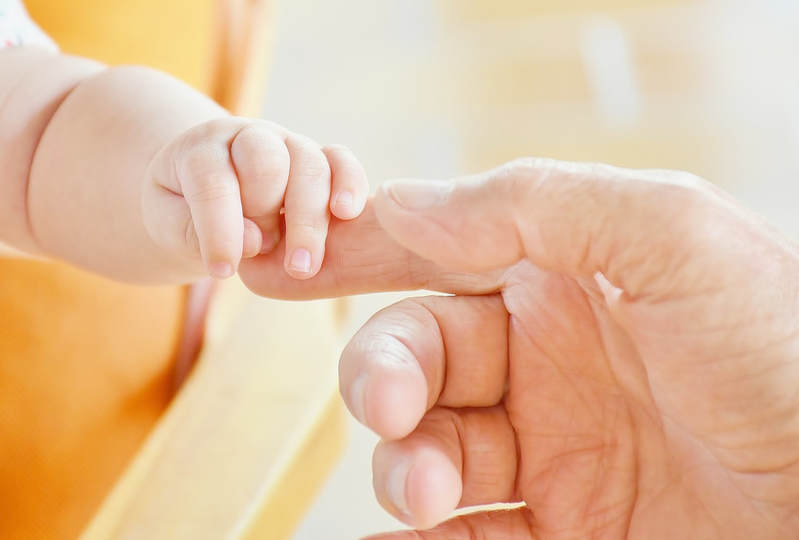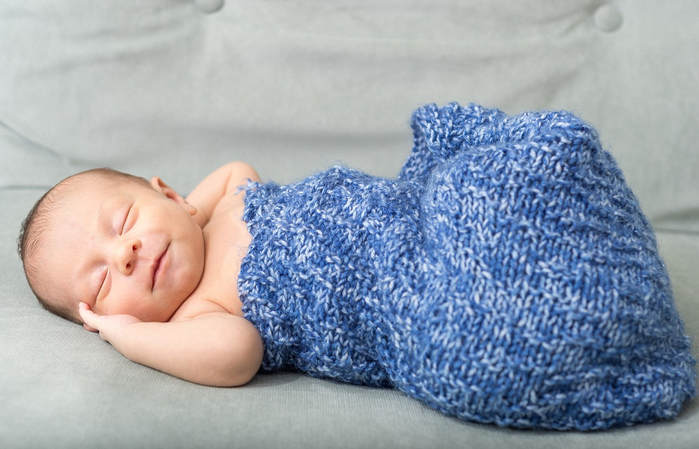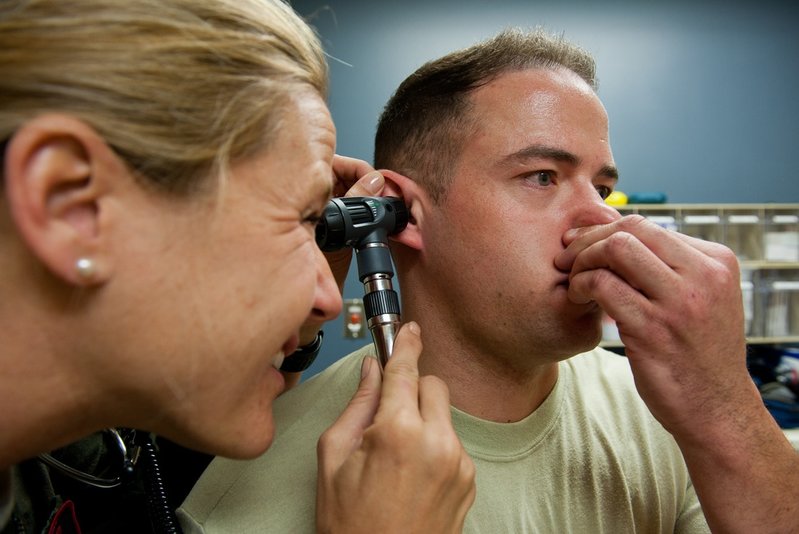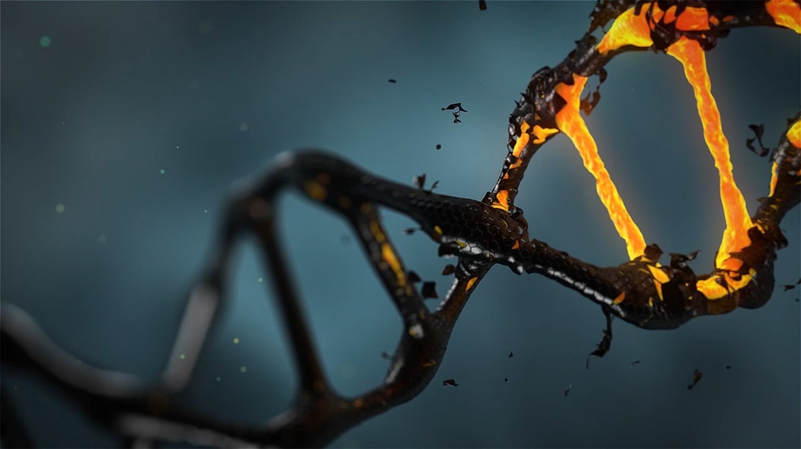SIDS and Substance P: A Hidden Link
Sudden Infant Death Syndrome, or SIDS, is a devastating disorder that rightfully brings fear and anxiety to every parent of a newborn child. SIDS is often defined as the unexplained death of an infant younger than 12 months old. The “unexplained” aspect of this syndrome only adds to parental concern for their newborn’s well-being. Fortunately, researchers from the University of Adelaide have identified a direct link between SIDS and a certain developmental abnormality, allowing parents to take the necessary precautions to minimize the child’s risk of contracting the condition.
Recent studies from the University of Adelaide have identified SIDS to be an inability of arousal to potential life-threatening events, with the deprivation of oxygen (a condition known as hypoxia) being one of the most common. This abnormality lies in the transmission of the neuropeptide substance P to its matching receptor NK1R. Substance P’s function is to relay pain information to the central nervous system, which would then trigger the proper response to the pain stimulus. Substance P and its receptor play a critical role in the regulation of blood pressure and oxygen levels in the blood. For example, when the body’s oxygen concentration is too low, substance P is released to provoke the brain to signal a reflex in order to increase oxygen back to the optimum level.
Recent studies from the University of Adelaide have identified SIDS to be an inability of arousal to potential life-threatening events, with the deprivation of oxygen (a condition known as hypoxia) being one of the most common. This abnormality lies in the transmission of the neuropeptide substance P to its matching receptor NK1R. Substance P’s function is to relay pain information to the central nervous system, which would then trigger the proper response to the pain stimulus. Substance P and its receptor play a critical role in the regulation of blood pressure and oxygen levels in the blood. For example, when the body’s oxygen concentration is too low, substance P is released to provoke the brain to signal a reflex in order to increase oxygen back to the optimum level.
Image Source: smpratt90
The abnormal substance P in infants with SIDS does not allow them to perform the necessary head movement to alleviate hypoxia. An example of this can be seen by how infants sleeping facedown are placed at a greater risk of SIDS. When a child sleeps on its stomach, there is a greater likelihood of their breathing becoming compromised. When this occurs, a child’s normal response would be to lift its head and turn over, exposing its nose and mouth to more air. When the child has this abnormal substance P, however, their brain is not receiving the appropriate stimulus to perform this action. Essentially, the brain is not able to sense the threat of this oxygen deficiency, so it cannot send a signal to the muscles to carry out the head-turning movement. Since the baby is unable to lift its head, their breathing and heart-beat become endangered.
Future research would be focused on finding ways to identify newborns who demonstrate a mutation in substance P. This will allow parents to recognize if their child may be at a greater risk of SIDS. In this way, they can receive the proper precautionary attention. Additional current research has also found that premature and male infants are at an increased risk of SIDS. The reason behind this correlation is not yet fully understood; however, SIDS cases are being actively examined today with an intention to eventually put an end to this devastating health disorder.
In the meantime, parents are advised to ensure that children sleep on their backs without any nearby items that could potentially cover their faces and block breathin. By minimizing the amount of time spent sleeping facedown, parents won’t have to rely on the baby’s muscular reflex to prevent hypoxia. Part of what makes SIDS so heartbreaking is that it comes without warning and can affect a child that is seemingly in good health. For this reason, it is important for all parents to take even the simplest precautions when it comes to their children: it might just save their lives.
Future research would be focused on finding ways to identify newborns who demonstrate a mutation in substance P. This will allow parents to recognize if their child may be at a greater risk of SIDS. In this way, they can receive the proper precautionary attention. Additional current research has also found that premature and male infants are at an increased risk of SIDS. The reason behind this correlation is not yet fully understood; however, SIDS cases are being actively examined today with an intention to eventually put an end to this devastating health disorder.
In the meantime, parents are advised to ensure that children sleep on their backs without any nearby items that could potentially cover their faces and block breathin. By minimizing the amount of time spent sleeping facedown, parents won’t have to rely on the baby’s muscular reflex to prevent hypoxia. Part of what makes SIDS so heartbreaking is that it comes without warning and can affect a child that is seemingly in good health. For this reason, it is important for all parents to take even the simplest precautions when it comes to their children: it might just save their lives.
Featured Image Source: RitaE
RELATED ARTICLES
|
Vertical Divider
|
Vertical Divider
|
Vertical Divider
|






